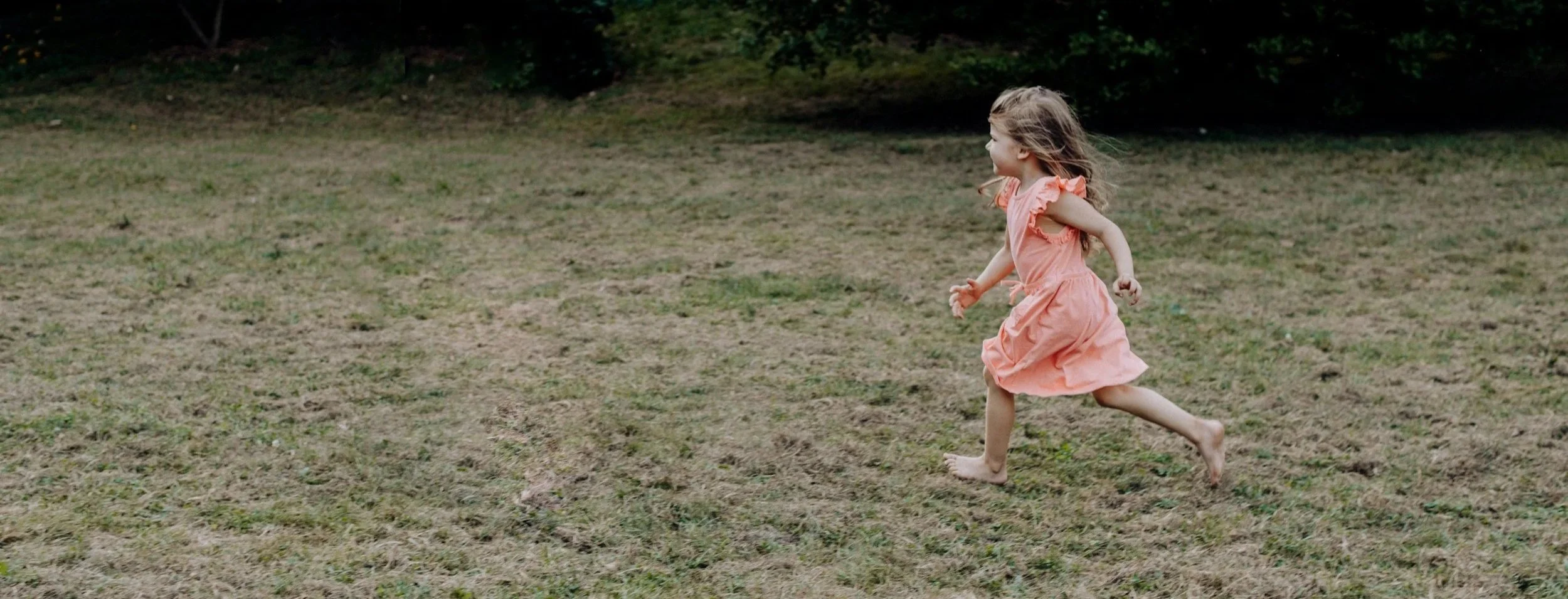

Helping Your Child Build Strong Posture and Healthy Habits
Bringing up children in today’s modern world looks very different to past generations. Life is faster, more competitive, and often more sedentary, with screens, cars, and long stretches of sitting shaping our children’s daily lives. But young bodies are built to move. Movement strengthens muscles, boosts confidence, and sets patterns for lifelong health.
At KatieB Kids, we believe it’s never too early to create positive movement habits. On this page we share some practical ways you can support your child’s physical development at home.

Why Posture Matters
Good posture isn’t about “sitting up straight” — it’s about balance. A well-aligned body uses minimal effort to stay upright, letting muscles, joints, and organs work as they should. When posture slips, it can impact everything from breathing and digestion to confidence and energy levels.
Signs of poor posture you might notice in your child include:
A forward head position or hunched back
Uneven shoulders or “winging” shoulder blades
Arched lower back or sticking out tummy
Knees or ankles turning inwards
In-toeing (pigeon walking)
Stiffness, discomfort, or struggling with basic movements like squatting or touching toes
Some of these patterns are normal at certain ages but if they persist beyond age 7, cause pain, or affect daily life, it’s worth seeking advice from a physiotherapist.

Simple Ways to Support Good Posture at Home
The best support for posture is variety of movement. Here are some easy ideas to try:
Let children walk, run, and climb barefoot in safe spaces to strengthen feet and joints.
Encourage walking on grass, sand, or pebbles to stimulate balance and coordination.
Play fun games like picking up marbles or Lego with toes to build foot strength.
Guide children away from the “W” sitting position — encourage “feet in front” or “ring sitting” instead.
Offer chances to play in a deep squat or to lie on their tummy while drawing or reading.
Keep screen time limited (NICE guidance suggests under 2s have no screen time, and older children have TV-free days or a 2-hour daily limit).
Encourage plenty of position changes throughout the day.
Support a healthy diet to avoid unnecessary strain on joints and muscles.
Why movement is essential
Children should ideally enjoy at least 60 minutes of active play every day. At KatieB Kids, we make sure our children exceed this, but at home it can be as simple as:
Walking or cycling to school
Dancing to music in the living room
Family yoga or stretching games
Climbing in the park
Role play and imaginative games that get bodies moving
Don’t forget stretching and relaxation too. Sports often focus on strength and speed, but flexibility and calmness are just as important to protect joints, ease tension, and support lifelong wellbeing.
Avoiding the “Sit Still” Trap
In the past, children filled their days with skipping ropes, hopscotch, tree climbing, and street games. Today, many spend hours indoors on screens instead. While technology has its place, too much sedentary time can affect physical and emotional health.
Try building movement into everyday family life — a walk to the park after school, a weekend woodland trip, or even a stretching game before bed. Movement doesn’t need to be complicated — it just needs to be consistent.
At KatieB Kids, we know movement is the foundation for learning, confidence, and happiness. With small, fun steps at home, you can help your child grow strong, resilient, and ready for life.



